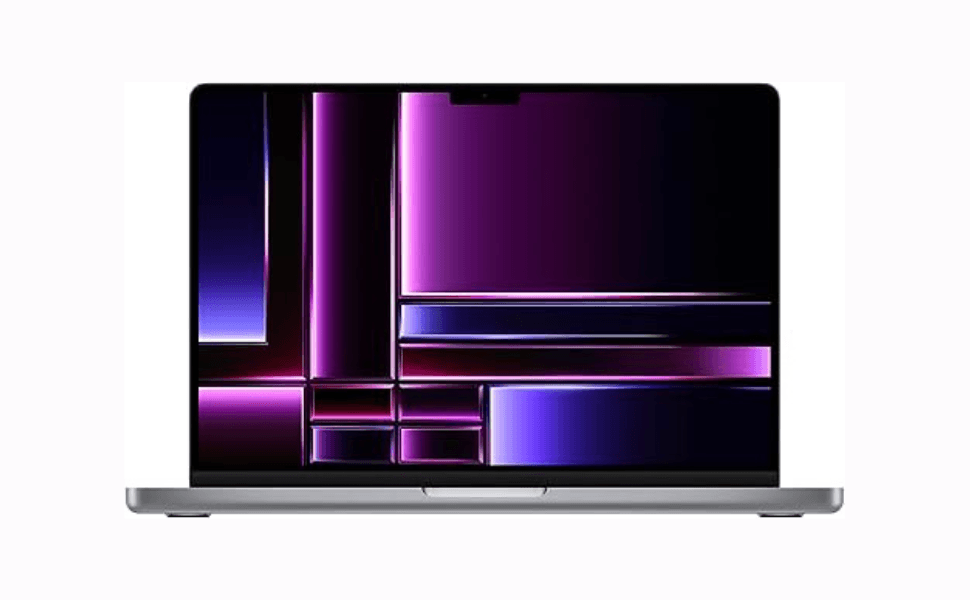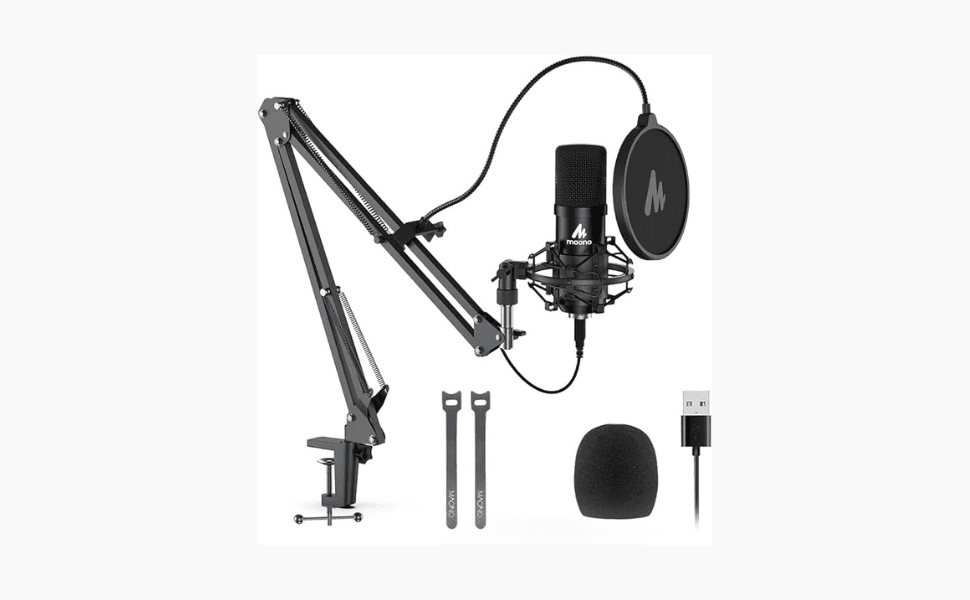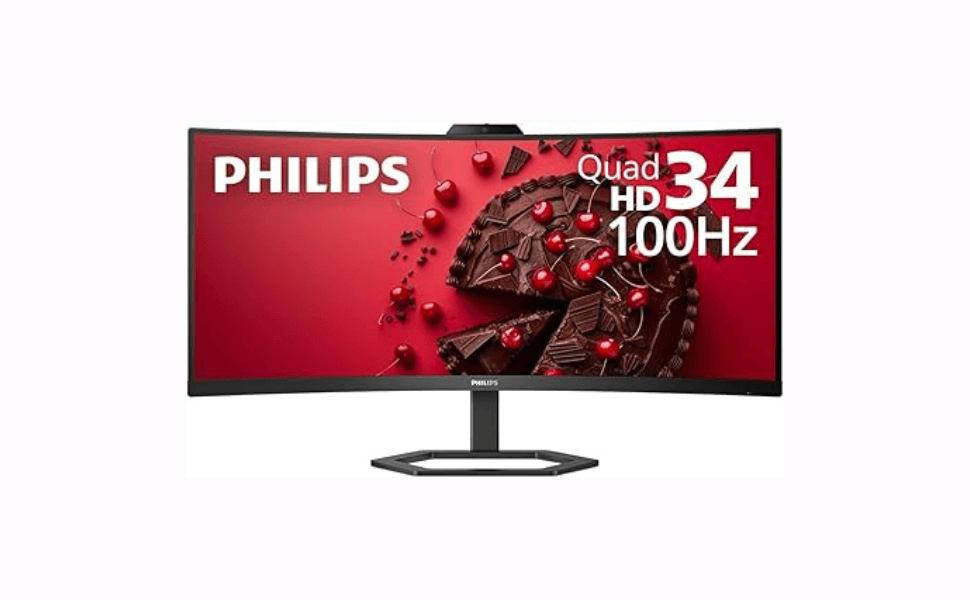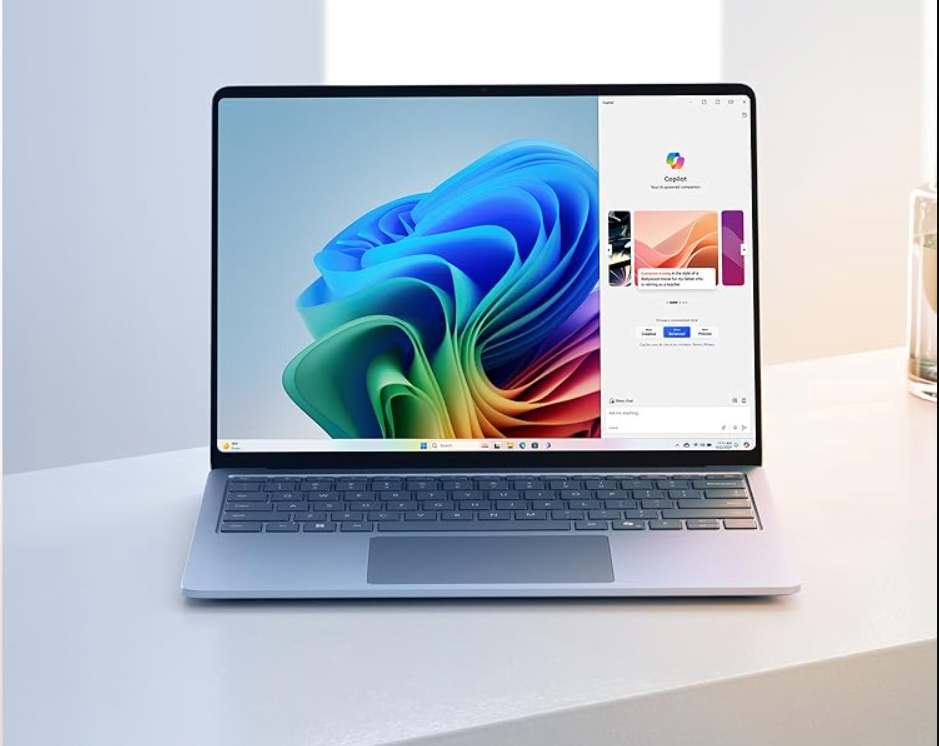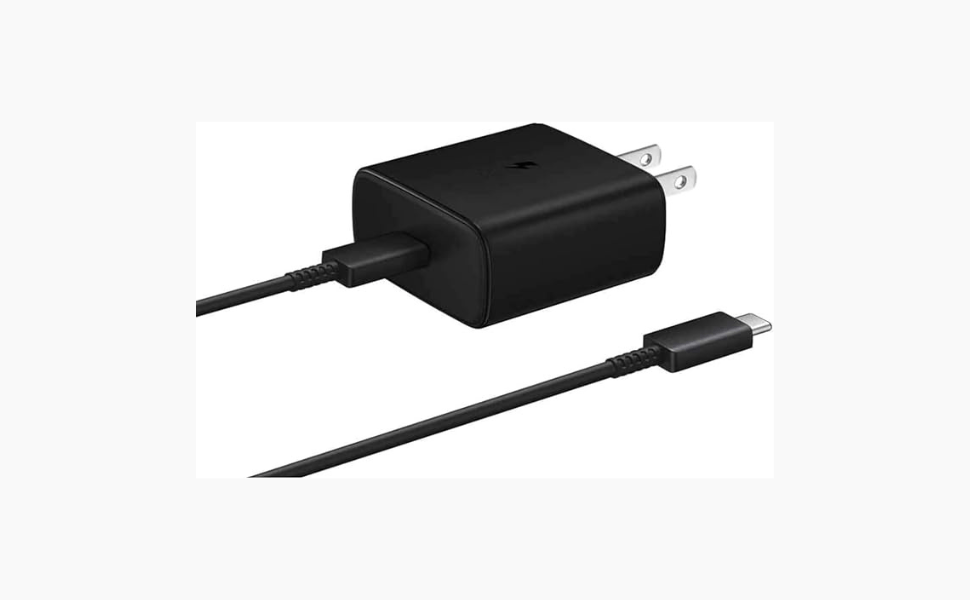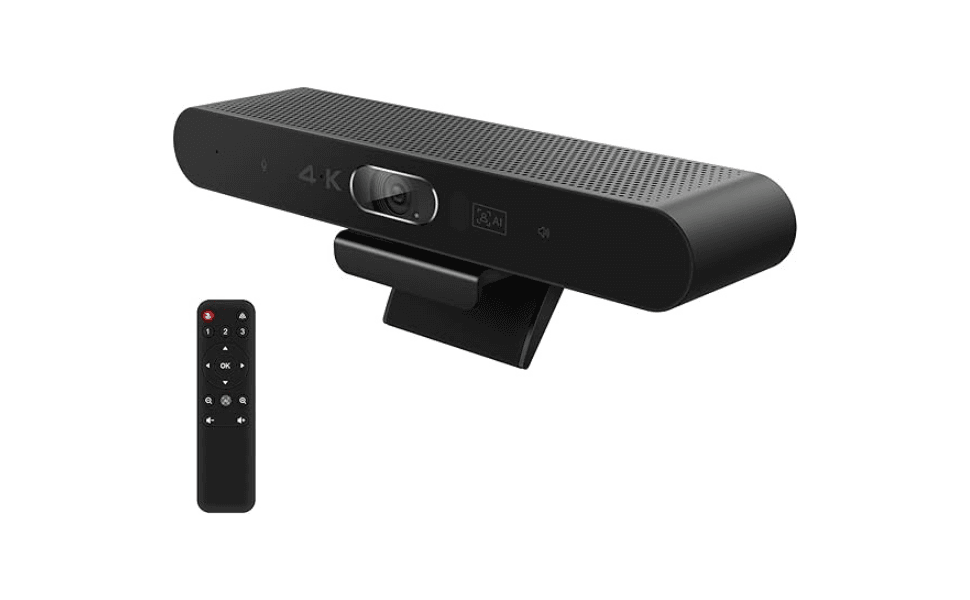This post contains affiliate links. If you make a purchase through these links, Snapnod may earn a commission at no extra cost to you. As an Amazon Associate, we earn from qualifying purchases.
Table of Contents
The 2023 MacBook Pro represents a significant evolution in Apple's professional laptop lineup, featuring the groundbreaking M2 Pro chip architecture. This comprehensive analysis explores how this machine pushes the boundaries of what professionals can achieve with a laptop, examining everything from its innovative processor to its stunning display technology.

The Silicon Revolution: Understanding the M2 Pro Chip
At the heart of the 2023 MacBook Pro lies the M2 Pro chip, Apple's second-generation professional-grade silicon. To understand its significance, we need to examine its architecture and capabilities:
Processor Architecture
The M2 Pro's 12-core CPU configuration represents a thoughtful balance of performance and efficiency:
- 8 performance cores for demanding tasks
- 4 efficiency cores for background processes and battery conservation
- Up to 19 GPU cores for graphics processing
- 16-core Neural Engine for machine learning tasks
This arrangement allows the system to dynamically allocate resources based on workload demands. When you're working on intensive tasks like video editing, the performance cores take the lead. During lighter tasks like web browsing or document editing, the efficiency cores handle the workload while consuming minimal power.
Memory Architecture
The unified memory architecture in the MacBook Pro deserves special attention:
- 16GB unified memory
- Up to 400GB/s memory bandwidth
- Shared access between CPU and GPU
- Dynamic memory allocation
This approach differs fundamentally from traditional laptop architecture, where separate RAM and VRAM must communicate through slower interfaces. The unified memory allows any component to access the full memory pool instantly, significantly improving performance in memory-intensive tasks.

Display Technology: The Liquid Retina XDR Experience
The 14.2-inch Liquid Retina XDR display represents a master class in screen technology:
Technical Specifications
- 3024 x 1964 pixel resolution
- Mini-LED backlighting
- ProMotion technology (up to 120Hz)
- 1000 nits sustained brightness
- 1600 nits peak brightness
- P3 wide color gamut
Real-World Impact
Understanding these specifications in practical terms:
- Content Creation
- Accurate color representation for photo and video editing
- HDR content creation and review capabilities
- Precise shadow and highlight detail
- Professional color grading potential
- Daily Use Benefits
- Reduced eye strain through adaptive refresh rates
- Improved outdoor visibility
- Enhanced video streaming experience
- Smooth scrolling and animation
Storage and Performance
The 1TB SSD storage configuration offers several advantages:
Storage Architecture
- Direct connection to M2 Pro chip
- Hardware encryption
- High-speed data transfer
- Optimized power consumption
Performance Implications
Understanding how this storage configuration affects different workflows:
- Creative Professional Work
- Fast project file access
- Quick preview generation
- Efficient scratch disk performance
- Rapid project export times
- Development Workflows
- Fast compilation times
- Quick virtual machine deployment
- Efficient simulator performance
- Rapid build processes
Connectivity and Expansion
The port selection on the 2023 MacBook Pro reflects professional needs:
Port Configuration
- Thunderbolt 4 Ports (3)
- 40Gb/s bandwidth
- DisplayPort compatibility
- Power delivery
- USB 4 compatibility
- Additional Ports
- SDXC card slot
- HDMI port
- 3.5mm headphone jack
- MagSafe 3 charging port
Wireless Connectivity
- Wi-Fi 6E capability
- Bluetooth 5.3
- Improved range and stability
- Lower latency
Professional Application Performance
Understanding how the MacBook Pro handles various professional applications:
Creative Applications
- Adobe Creative Cloud
- Fast render times
- Smooth timeline scrubbing
- Real-time effects processing
- Efficient export capabilities
- Professional Video Tools
- Final Cut Pro optimization
- DaVinci Resolve performance
- Motion graphics handling
- Color grading capability
Development Environments
- Xcode Performance
- Swift compilation speed
- Simulator responsiveness
- Interface Builder fluidity
- Source control operations
- Web Development
- Node.js performance
- Docker container handling
- Browser tool efficiency
- Build process speed
Battery Life and Power Management
The MacBook Pro's up to 18-hour battery life deserves detailed examination:
Power Management
- Efficiency Cores
- Background task handling
- Power-conscious processing
- Dynamic workload distribution
- Intelligent task scheduling
- Display Management
- ProMotion refresh rate adaptation
- Brightness adjustment
- HDR content optimization
- Power-aware rendering
Charging Capabilities
- MagSafe 3
- Fast charging support
- Safe connection design
- Legacy charging compatibility
- Charge indication
- USB-C Charging
- Universal compatibility
- Power delivery standards
- Charging flexibility
- Backup charging option
Audio and Video Capabilities
The MacBook Pro's media capabilities extend beyond the display:
Audio System
- Six-Speaker Sound System
- Force-canceling woofers
- High-performance tweeters
- Wide stereo separation
- Spatial Audio support
- Studio-Quality Microphones
- Three-mic array
- Directional beamforming
- Noise reduction
- Studio recording capability
Camera System
- 1080p FaceTime HD Camera
- Advanced image signal processor
- Low-light performance
- Neural engine enhancement
- Center Stage compatibility
Thermal Design and Performance Sustainability
The thermal architecture ensures consistent performance:
Cooling System
- Active Cooling
- Advanced fan design
- Thermal conductivity
- Airflow optimization
- Heat dissipation efficiency
- Passive Cooling
- Thermal spreading
- Material choices
- Component placement
- Heat distribution
Software Integration
The MacBook Pro's software integration creates a seamless ecosystem:
macOS Integration
- System Optimization
- M2 Pro specific features
- Power management
- Memory handling
- Application compatibility
- Ecosystem Integration
- Handoff capabilities
- Universal Control
- AirDrop functionality
- Continuity features
iOS Application Support
- Native Performance
- iPhone app compatibility
- iPad app scaling
- Touch alternatives
- Performance optimization
Professional Workflow Integration
Understanding how the MacBook Pro fits into professional workflows:
Content Creation
- Photography
- Raw file processing
- Batch operations
- Color management
- Asset management
- Video Production
- Multi-stream editing
- Effects rendering
- Color grading
- Export optimization
Software Development
- Mobile Development
- Simulator performance
- Build times
- Testing capabilities
- Deployment efficiency
- Web Development
- Local server performance
- Development tool integration
- Browser testing
- Build process optimization

Professional Computing Redefined
The 2023 MacBook Pro with M2 Pro chip represents a significant advancement in professional mobile computing. Its combination of powerful processing capabilities, exceptional display technology, and thoughtful design creates a platform that can handle demanding professional workflows while maintaining efficiency and portability.
The machine's ability to balance performance and power consumption, coupled with its extensive connectivity options and professional-grade display, makes it a versatile tool for creative professionals, developers, and power users. The integration of Apple's silicon architecture brings new capabilities while maintaining compatibility with essential professional applications.
For professionals considering an upgrade or those entering the Apple ecosystem, the 2023 MacBook Pro offers a compelling combination of features that can enhance productivity and creative potential. Its ability to handle demanding tasks while maintaining battery efficiency makes it a practical choice for professionals who require both power and portability in their daily work.


